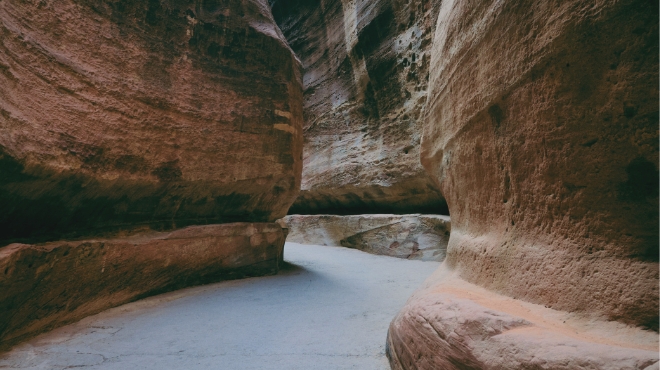
The Siq
The Siq is a narrow natural gorge leading to Petra's Treasury that resulted naturally from a splitting of the mountain, and it is just over 1 km long.
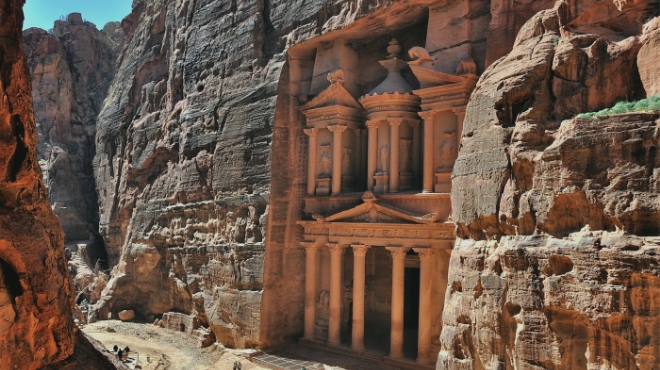
Al Khazna (The Treasury)
The Treasury, or 'Al Khazna' in Arabic, is the most magnificent monument carved by the Nabataeans.
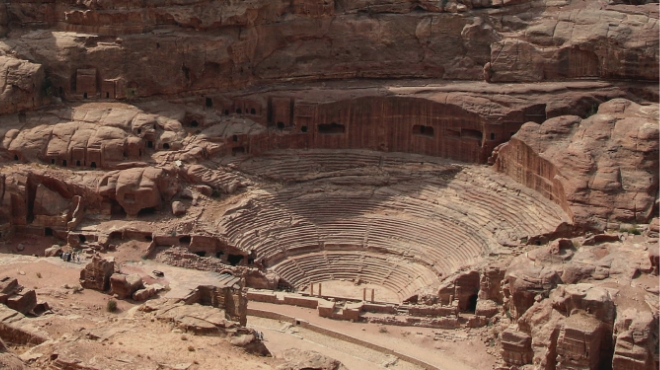
The Theater
This theater may date to the early first century AD, during the reign of King Aretas IV.
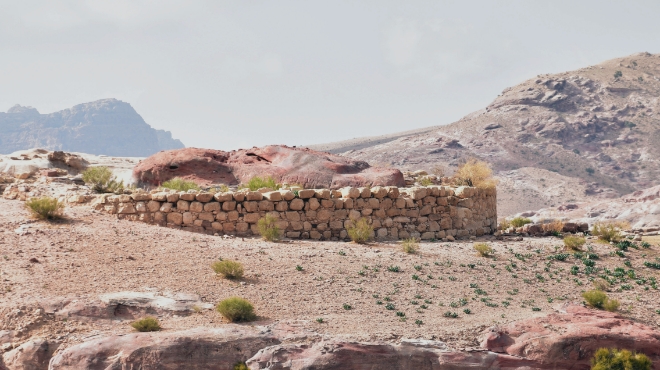
The Round Tower (Conway Tower)
The round tower, also known as the Conway tower, was constructed as a defensive structure within Petra's north city fortifications.
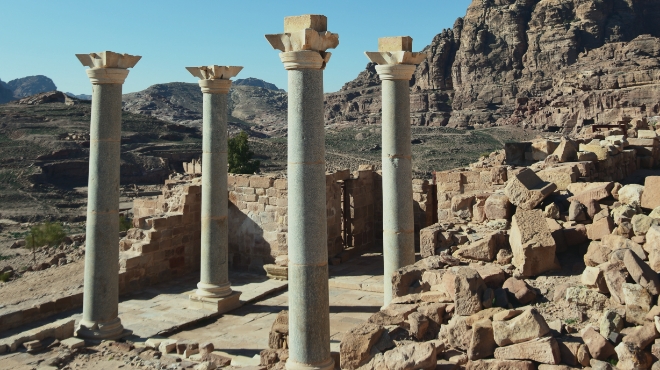
The Church Complex of Petra
The Petra Church Complex, built upon earlier Nabataean structures and tombs, consists of three churches: the Ridge Church, Blue Chapel, and Petra Church.
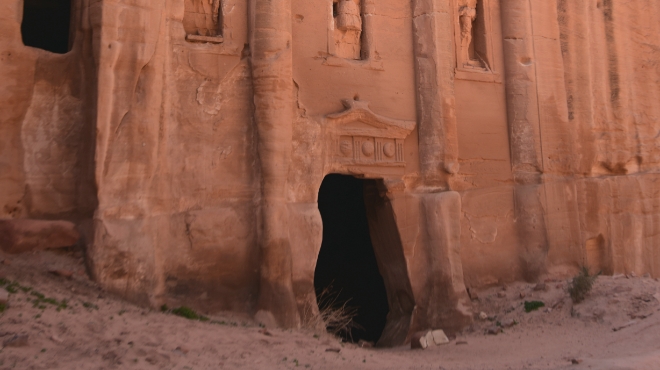
Tomb 649
Referred to as the Tomb with the Armours, this is also located at Moghar en Nasara necropolis and dated from the first century BC–first century AD.
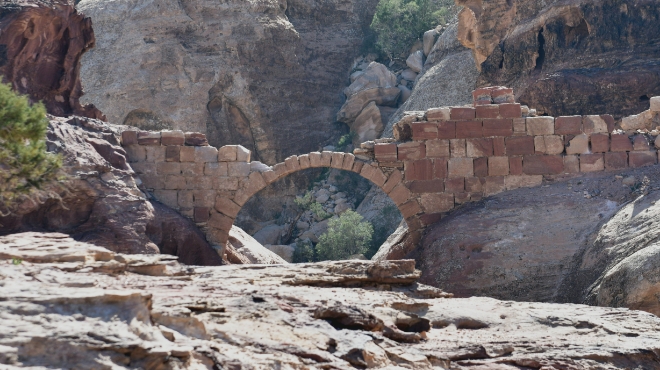
The Arched Bridge Over Sha`ab Qais
This arched bridge is part of an aqueduct that carried water from the Zurrabah water reservoir to a big cistern beside the Palace monument.
The Pharaoh's Column
The Pharaoh's Column is located behind the Great Temple, forming part of a demolished and buried structure that has not yet been excavated and is now in ruins.
Umm al-Biyara
Umm al-Biyara, the highest mountain in Petra that rises 1161 m above sea level, was the first Iron Age Edomite site to be extensively excavated in the 1960s by the late C.M. Bennett of the British School of Archaeology.
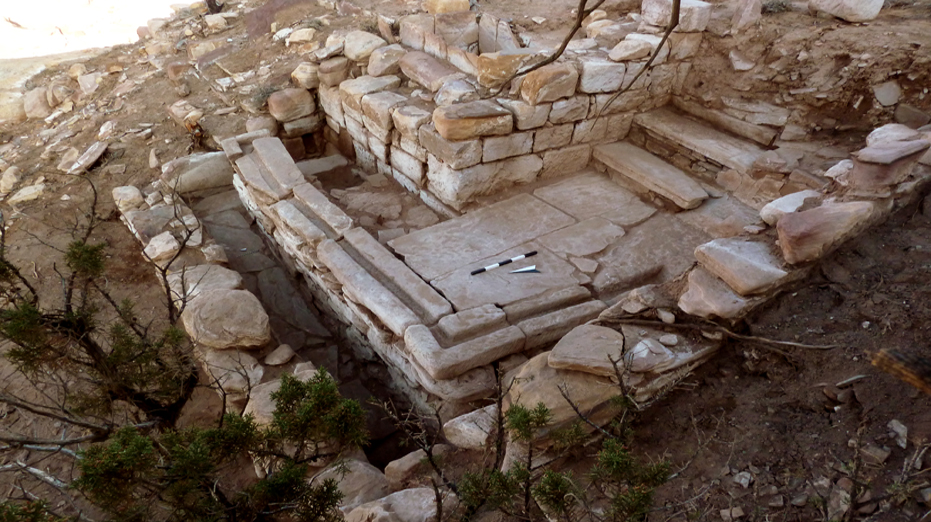
Nabataean Structures on Top of Umm al-Biyara
Excavations conducted by the International Umm al-Biyara Project (IUBP) between 2010 and 2014 revealed that the Nabataeans constructed a series of structures around the first century BC.
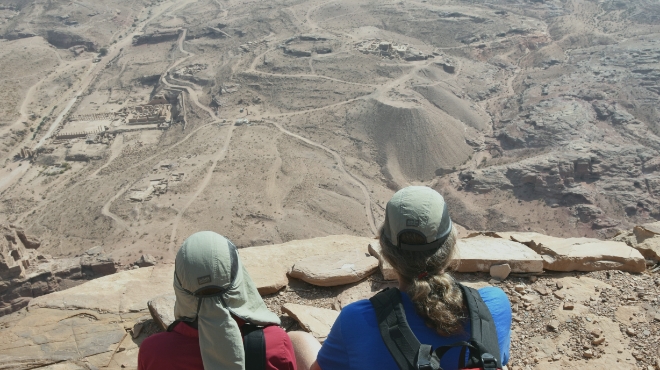
The Panoramic View from Umm al-Biyara
From the top of the plateau of Umm al-Biyara, one has the best ever 360-degree breathtaking views of the city of Petra and the beautiful surrounding landscape.
The Snake Monument
The Snake Monument, located in the southern part of Petra in Ath-Thugra, is a sculptural representation featuring a rock-carved snake coiled atop a block tomb, similar in style to the Djinn blocks at Bab al Siq.
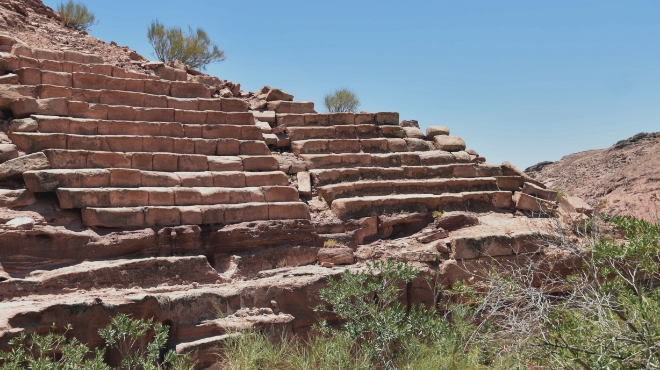
The Sabra Theater
The Sabra Theater is a testament to the ingenuity of ancient Nabataean engineering and the cultural significance of its location.
Wadi Sabra
Wadi Sabra is one of Petra’s suburbs and was a major caravan station and settlement along the road leading to Gaza.
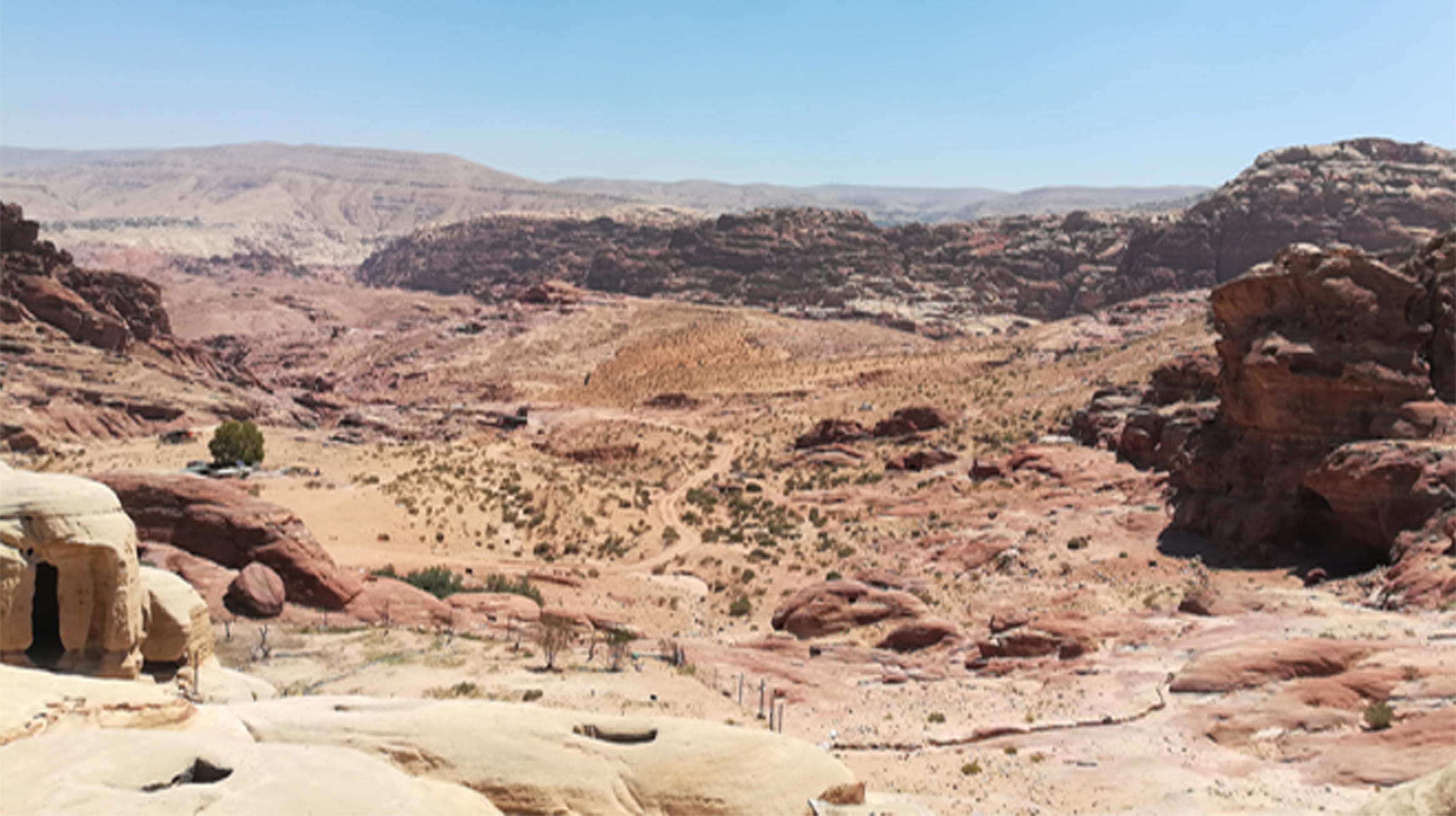
Sutuh al-Nabi Harun
It is an area that extends from the snake monument in the Ath-Thugra area south of Petra, to the foothills of Mount al-Nabi Haroun.
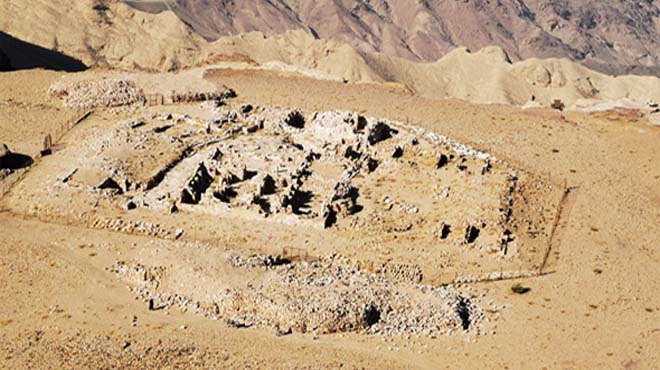
The Byzantine monastic complex on Jabal Harun
Jabal Harun, a site of great historical and religious importance, is believed to be where Aaron, the brother of Moses, was buried.
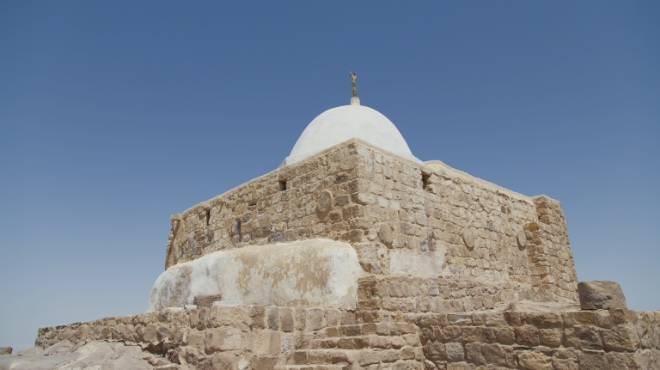
The Shrine of Prophet Aaron
The Shrine of Prophet Aaron is a significant historical and religious site. This shrine was built to commemorate Prophet Aaron, brother of Moses, peace upon them, and it has been maintained here for centuries.
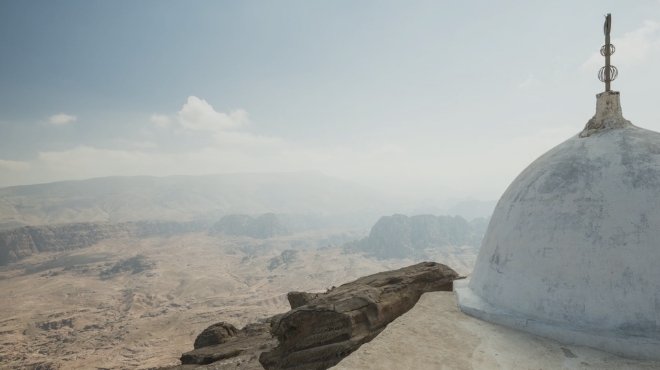
Jabal Harun viewpoint
The stunning viewpoint from Jabal Harun Summit offers a spectacular experience akin to the ad-Dayr and al-Barra viewpoints in Petra.
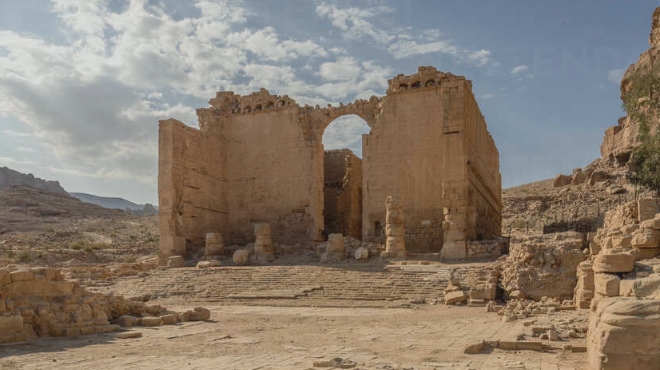
Qasr al-Bint Temple Complex
Qasr Bint Far’un (Palace of the Pharaoh’s Daughter) is Petra’s oldest and most venerable temple complex.
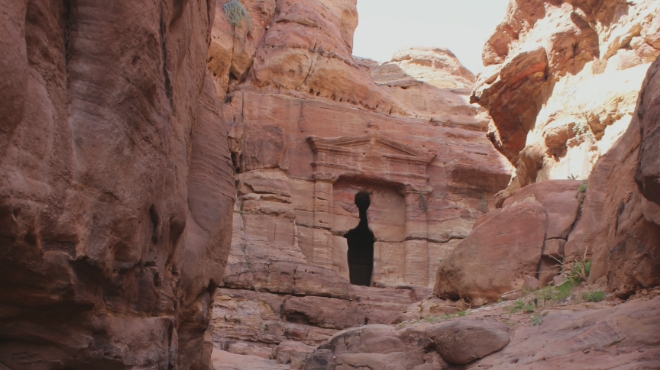
The Lion Triclinium
The Lion Triclinium is one of Petra's remarkable tricliniums, showcasing the intricate Nabataean rock-cut architecture.
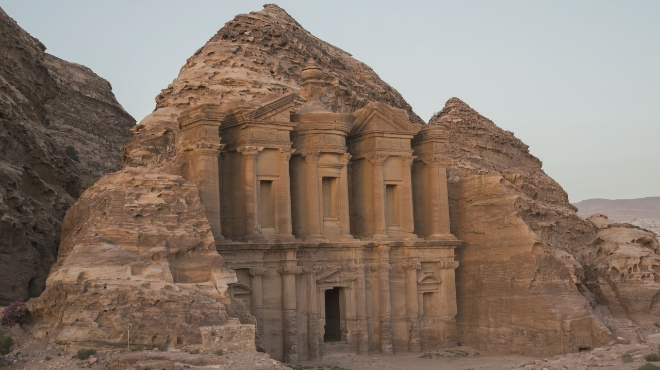
ad-Dayr
Deeply carved into the cliff face of the Jabal ad-Dayr, the facade traditionally known as the monastery represents one of the city's largest and most impressive monuments in Petra
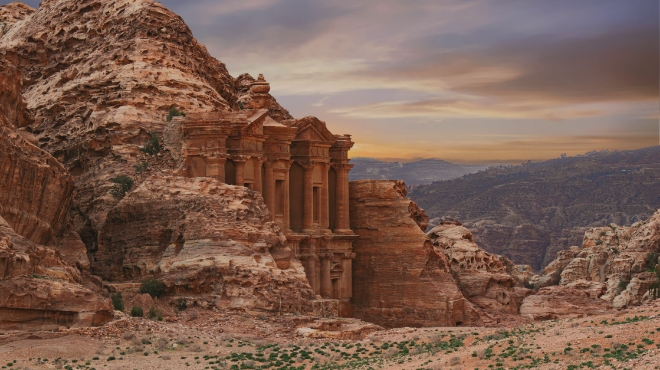
Ad Dayr Viewpoint
Just past ad-Dayr, visitors can see stunning views of the dry, Rocky Mountains stretching west towards Wadi Araba.
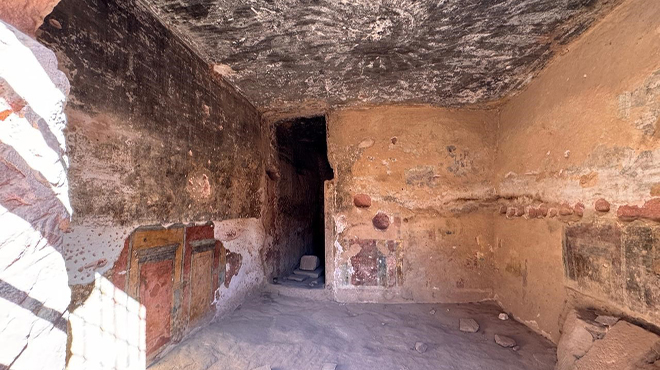
The Painted Room of Wadi as-Siyyagh
Discovered in 1979 by the inspector of antiquities in Petra, this room is a lovely example of a Nabataean residence.
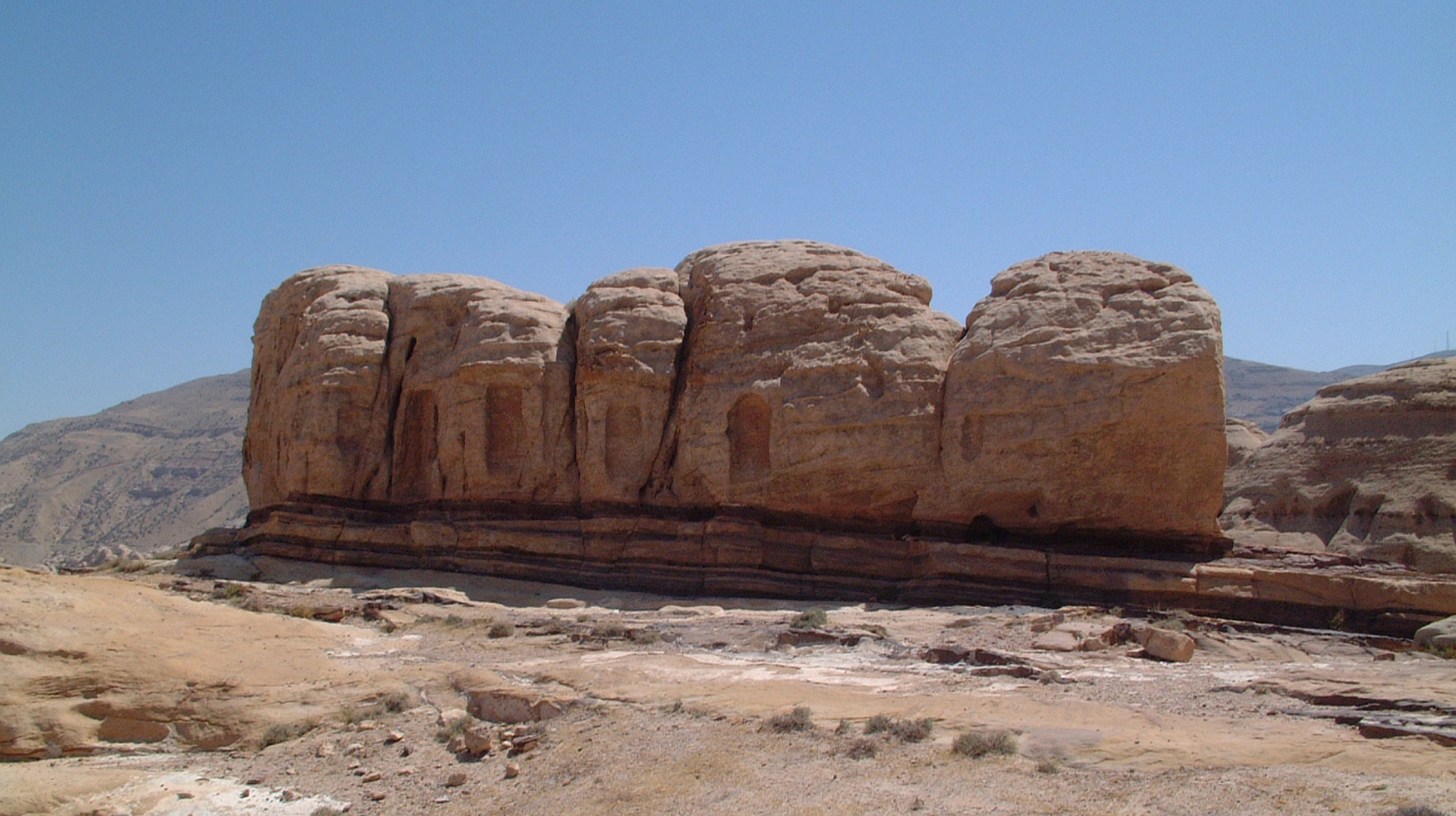
Al-Madras
Al-Madras, meaning "oil press" in Arabic, is situated atop the mountain to the left of the Siq.
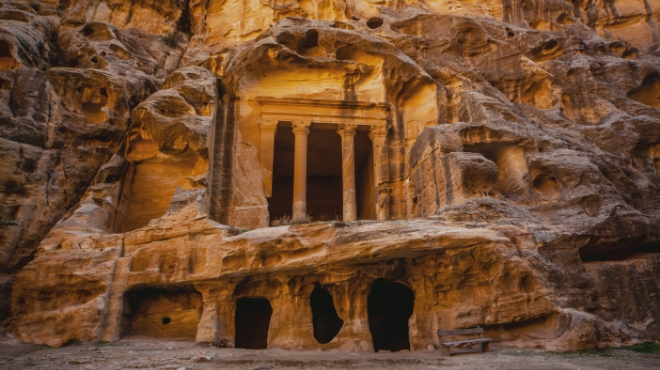
Siq Al-Barid, Bayda
Siq al-Barid, located in Petra's northern suburb, was a resting place outside the main city for trade caravans traveling between southern Arabia and Gaza.
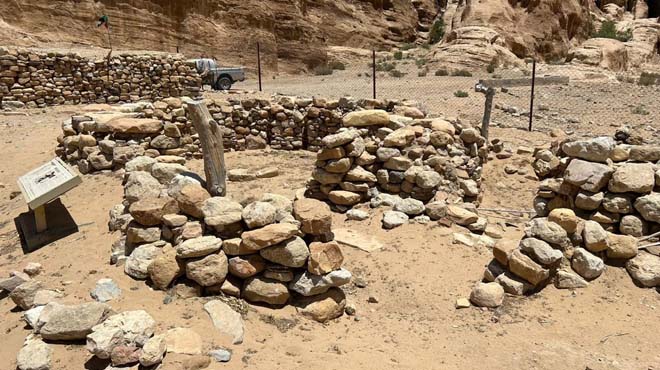
Al-Bayda Neolithic Village
Located just 7 kilometers north of the Petra Visitor Center, Bayda Neolithic Village is one of the oldest settlements in Jordan, dating back to the early Neolithic Period (8500-5500 B.C).
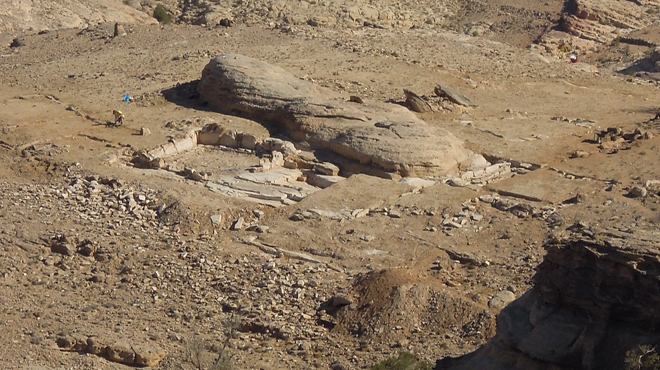
Umm Saysaban
This early Bronze Age settlement (3100–2300) is located in a scenic setting on a plateau overlooking Wadi Araba along the back road of the monastery.
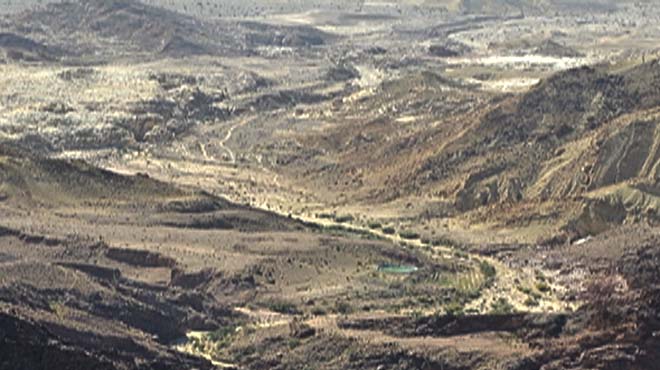
Ras Slaysel
Ras Slaysel is another of Petra’s magnificent viewpoints, offering vistas over Wadi Araba and Wadi Marwan.
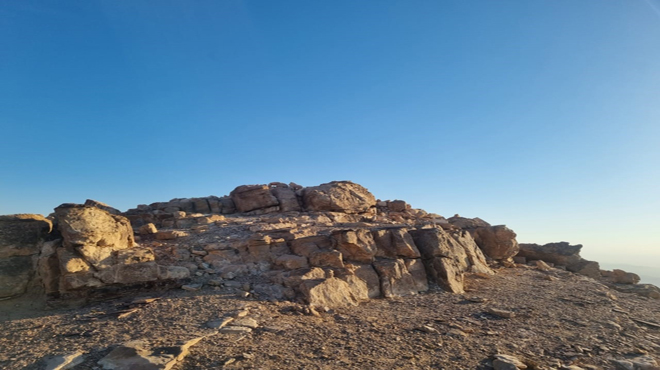
Jabal Gārūn Shrine
Jabal Gārūn is located about 3 km north of Jabal ad-Dayr, reaching a height of approximately 1200 meters above sea level.
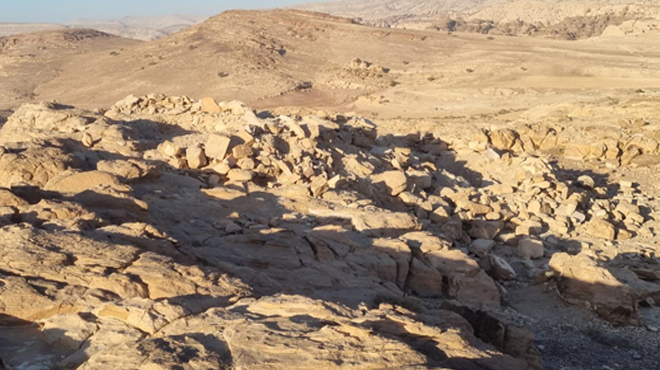
Al Farsh/Wadi Araba Viewpoint
The Farsh viewpoint overlooking Wadi Araba is renowned as one of Petra's most stunning vantage points.
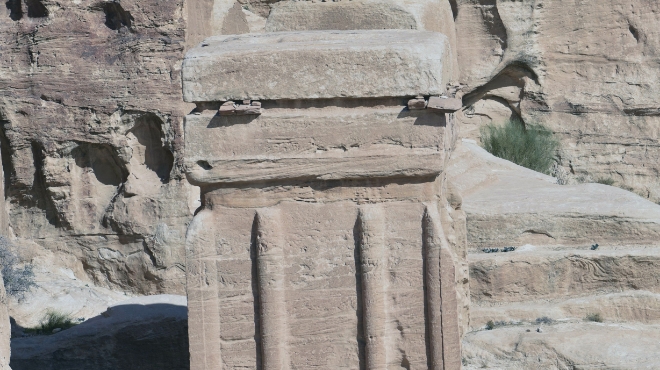
Djinn Block Tombs
The so-called Djinn Block Tombs at Petra are unique in their design and purpose, standing out among the other rock-cut structures in the area.
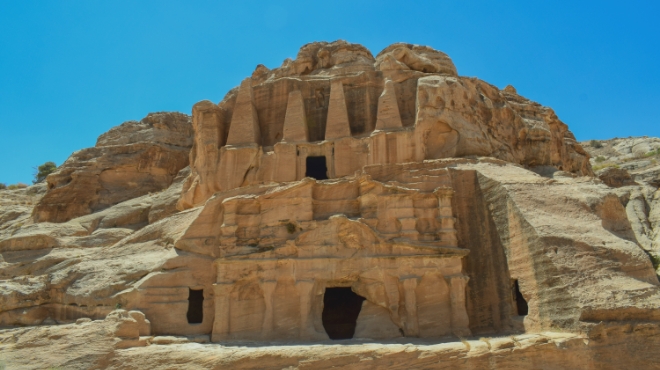
Obelisk Tomb and Bab el-Siq Triclinium
Among Petra's marvels are the Obelisk Tomb and Bab el-Siq Triclinium, two remarkable rock-cut structures that offer insights into the Nabataean culture.
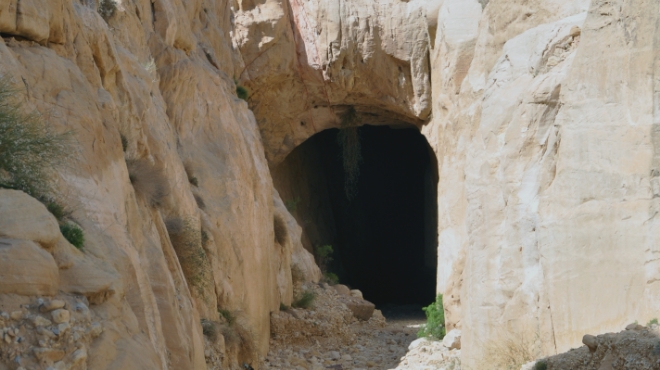
Al Mudhlim Tunnel and Bab as Siq Dam
The Nabataean built a dam at the entrance of the Siq and cut a tunnel in the rock to divert flood waters away from the Siq.
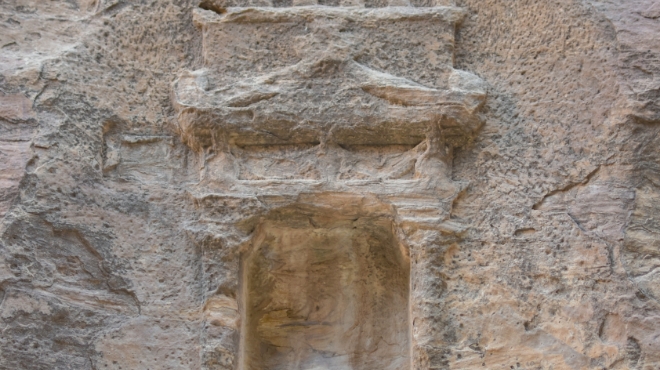
The Idole Niche with Two betyls
One of the main sacred stations along the Siq is the free-standing block monument with a large votive niche on the western side, located about halfway through the Siq.
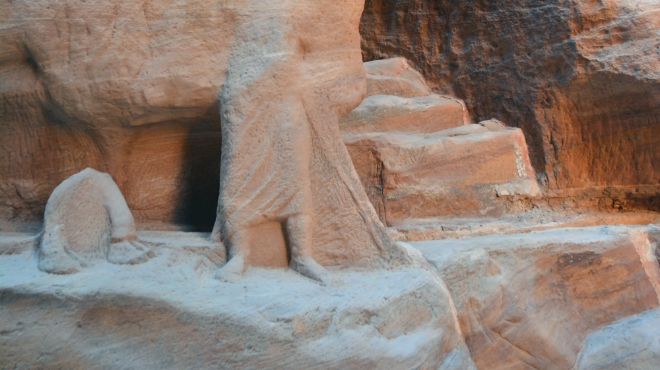
Camel Caravan Reliefs
In 1997, excavations at the Siq revealed a large relief carving of camels carrying merchandise on its southern and western walls.
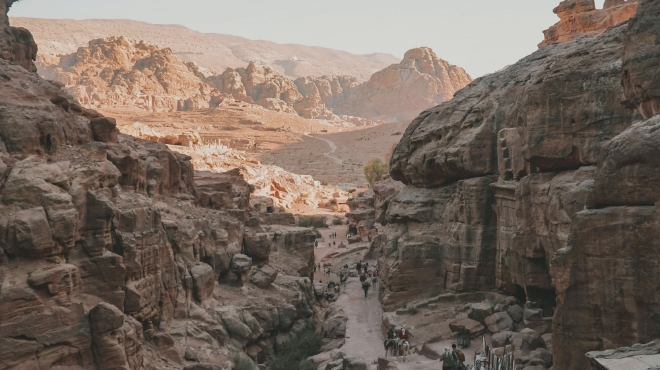
The Outer Siq Area
The journey from Al-Khazna to the heart of Petra begins with the Outer Siq, where the impressive architectural skills of the Nabataeans are showcased through intricate tomb designs.
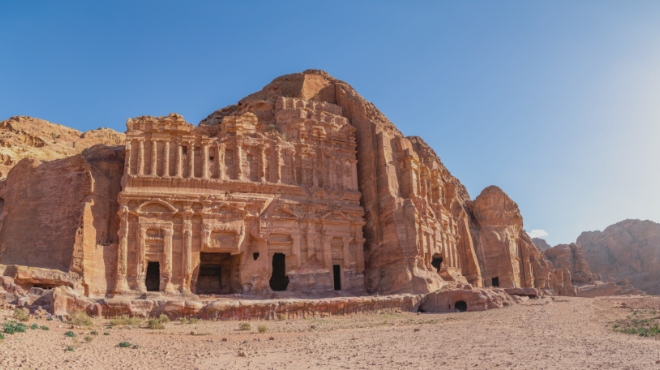
Royal Tombs
The Royal Tombs are four prominent grand tombs carved into the western side of Khubtha Mountain, overlooking the city center.
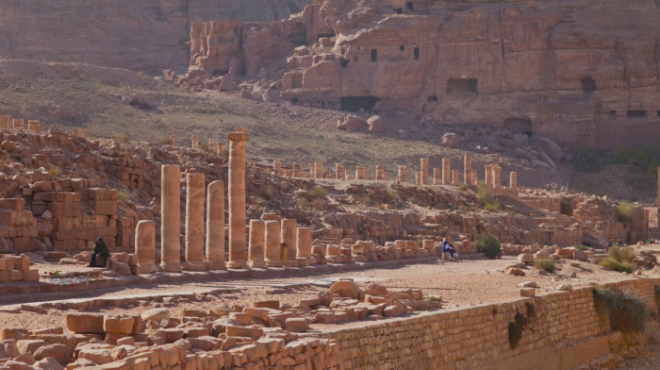
Colonnaded Street
Excavations proved that the Colonnaded Street was built by the Romans in the second century AD to replace an earlier Nabataean street that followed the winding course of the Wadi Musa, Petra's main river.
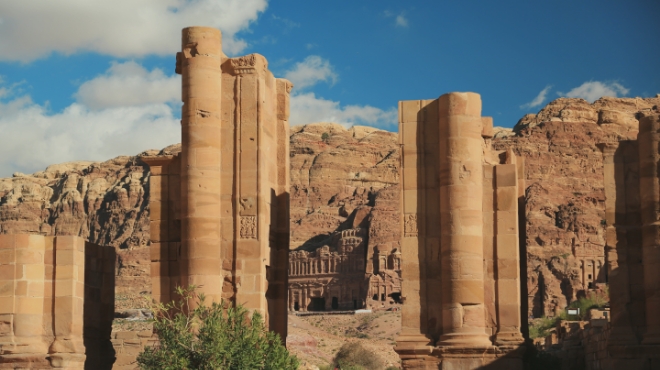
The Temenos Gate
The Temenos Gate is located at the western end of Colonnaded Street, most likely built as a ceremonial entrance to the sacred precinct of the Qasr al-Bint Temple.
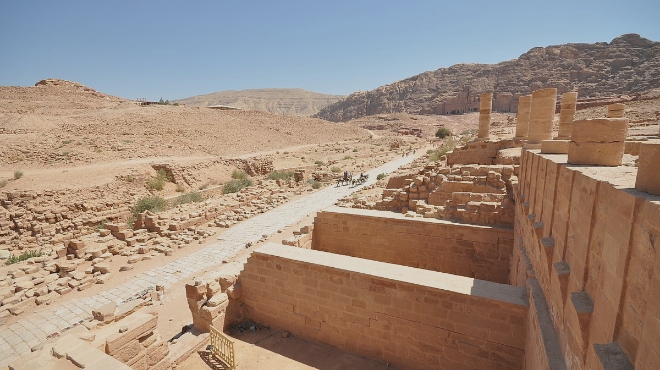
Ornamental Garden and Pool Complex
A magnificent ornamental garden and pool complex (paradeisos) was laid out to the east of the Great Temple
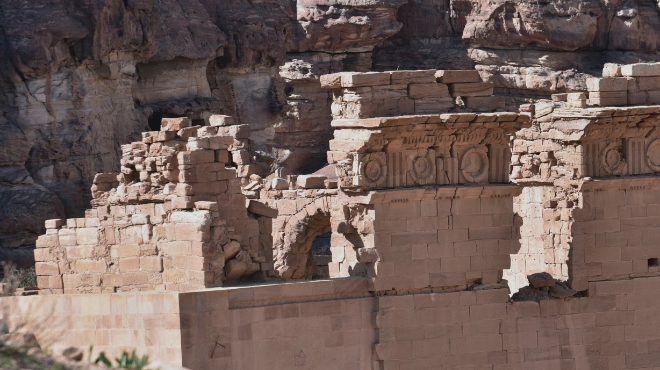
The ‘Great Temple’ Complex
The 'Great Temple' complex, which covers 7560 square meters, is by far Petra's largest building.
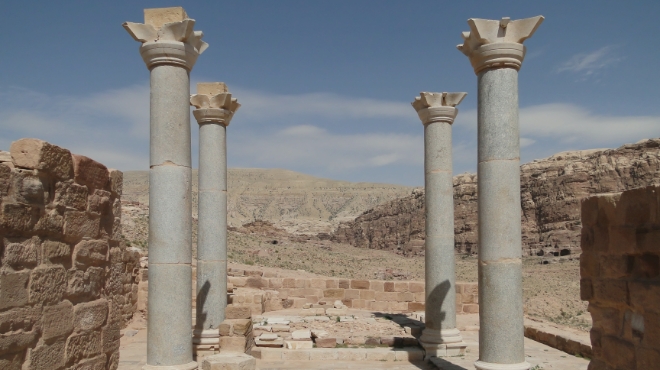
Blue Chapel
The Blue Chapel is believed to have been built slightly later, in the mid-5th century, around the same time as the Petra Church.
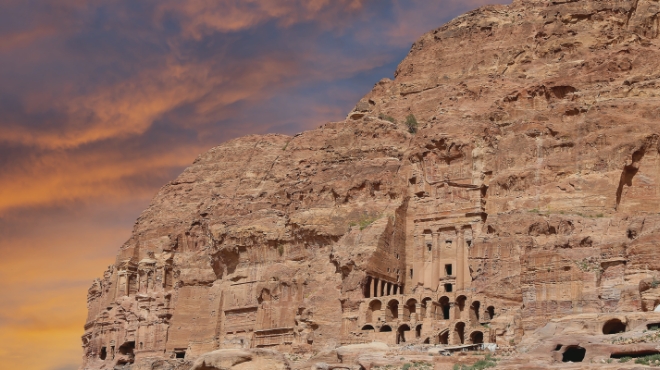
Nabataean royal tombs and the residential town
Royal tombs that are carved into the western slope of al Khubtha mountain.
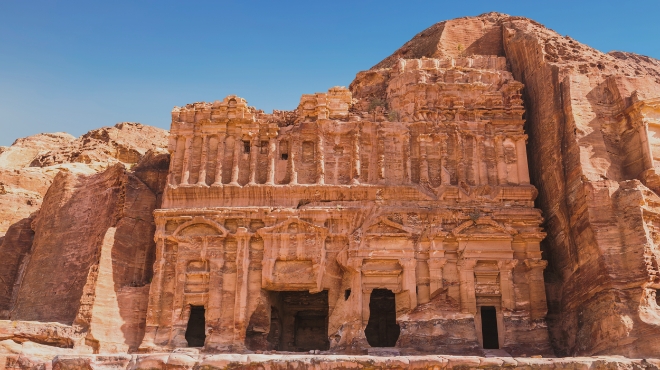
The Palace Monument
The Palace monument is one of the most prominent monuments in Petra, sculpted out of the western slope of the Jabal Khubtha rock massif, overlooking the city center.
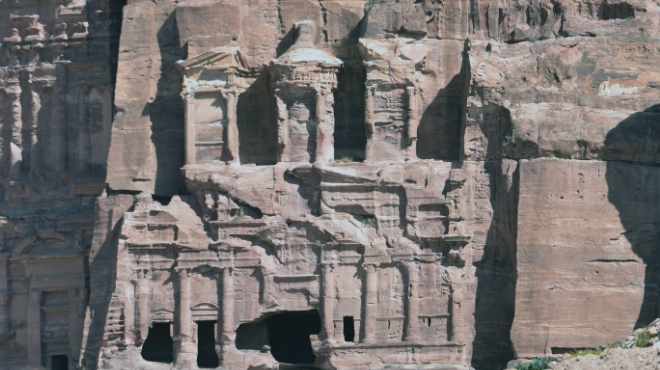
Corinthian Tomb
It was named the Corinthian Tomb because of its Greek Corinthian-style capitals on its upper story, closely resembling those of the Khazna.
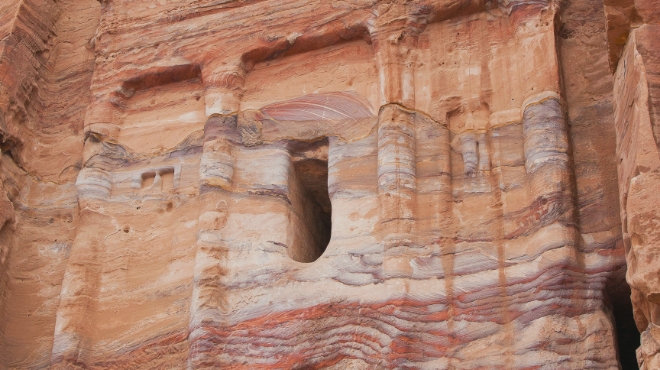
The Silk Tomb
The Silk Tomb, or streaked tomb, named for the rich colors of its facade resembling an iridescent piece of silk draped on the rock.
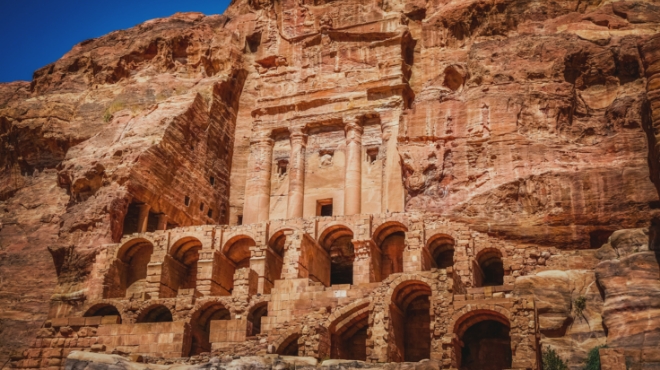
The Urn Tomb
Similar to its adjacent tombs, this graceful monument is carved deeply into the cliff face at the foot of the Khubtha Ridge, and it is most likely dated to the first half of the first century AD.
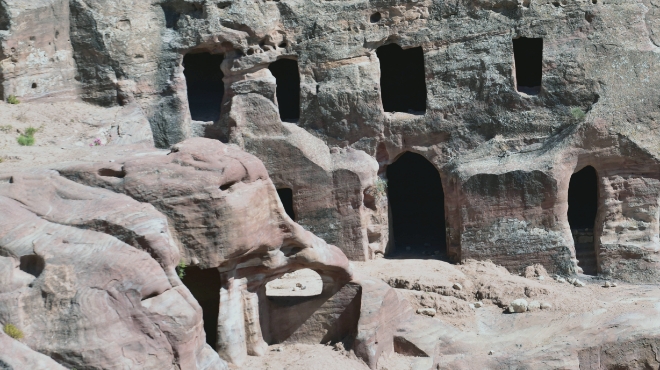
House of Dorotheus
Although it is known as the House of Dorotheus, it is actually a network of chambers linked together to form a residential complex.
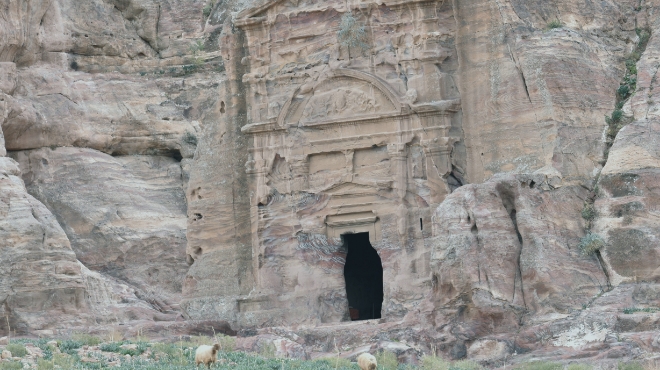
The Tomb of Sextius Florentinus
l. The tomb of Sextius Florentinus was built during Petra’s Roman period. It was named after the Roman Governor of the Province of Arabia, who was in office at the time of Hadrian in AD 127.
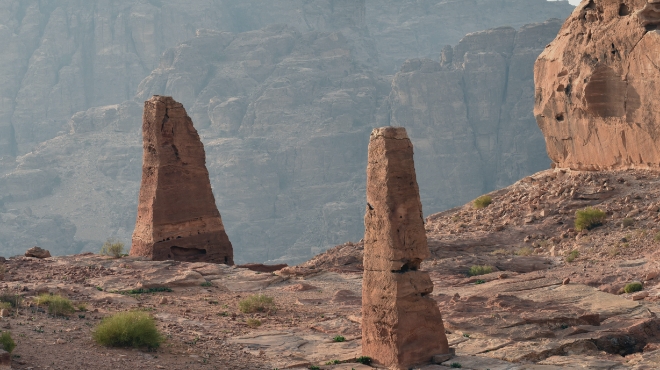
The Two Obelisks
The two obelisks, standing just over 6 meters in height, can be found along the Al Madras Trail.
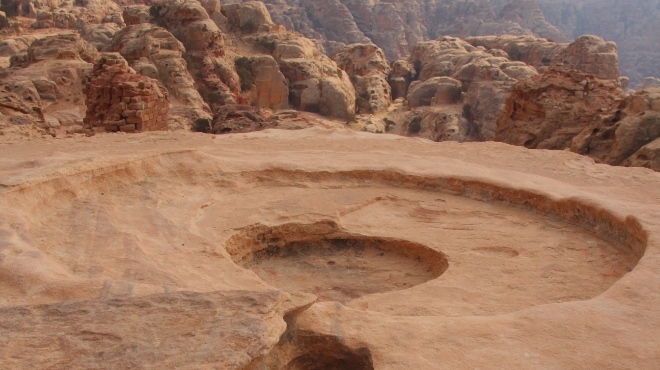
The High Place of Sacrifice
The Nabataean high place consists of a rectangular courtyard featuring three carved benches known as a 'triclinium', along with a central low table believed to have been the ceremonial master's seat.
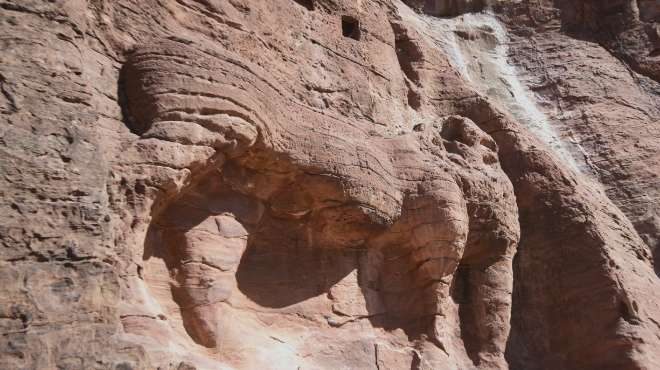
The Lion Fountain
The lion fountain, located along the sacred route from Wadi Al Farasa to the high place, served as a public drinking fountain.
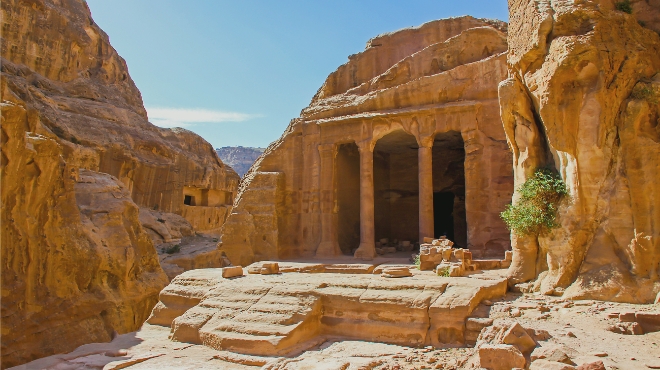
The Garden Hall
Found in Wadi Al Farasa, this small chamber features two columns surrounded by pilasters
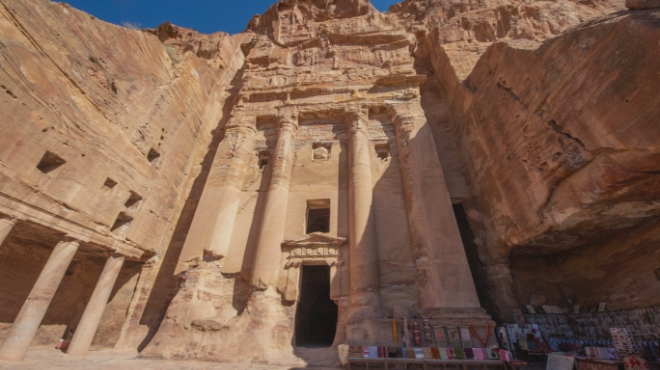
Roman Soldier's Tomb
The Roman Soldier Tomb complex in Wadi Farasa, carved into rock, is named after a Roman-style bust portraying a military figure.
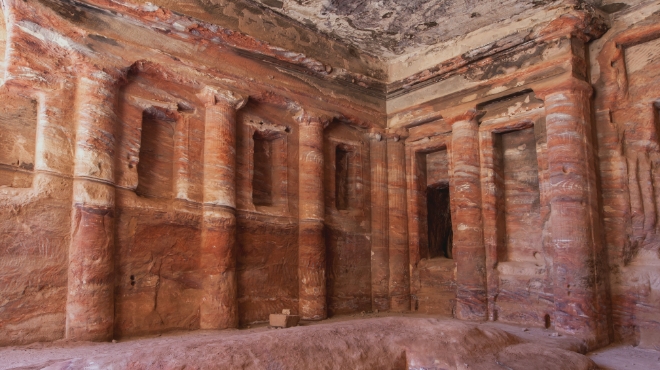
Triclinium of the Roman Soldier Tomb
Located opposite the Roman Soldier's Tomb, this monument served as a banquet hall for funerary purposes.
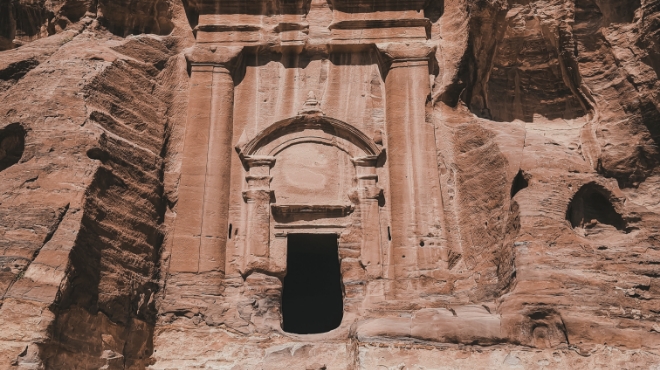
The Renaissance Tomb
The Renaissance Tomb is the most remarkable and beautiful tomb in Wadi Farasa.


